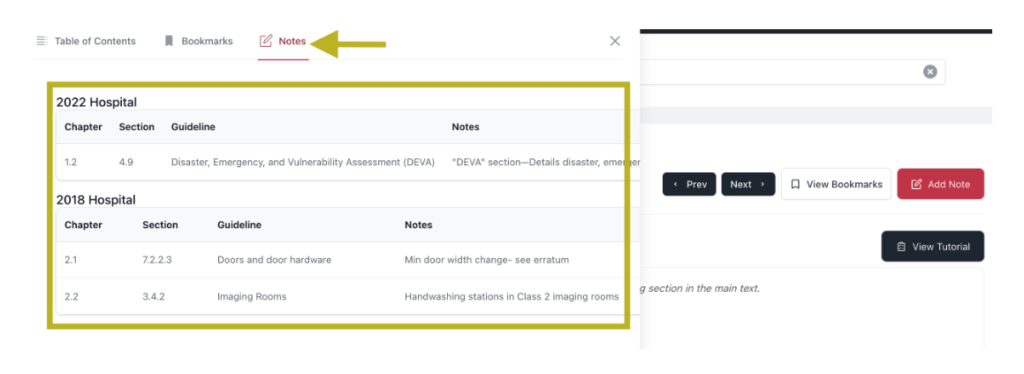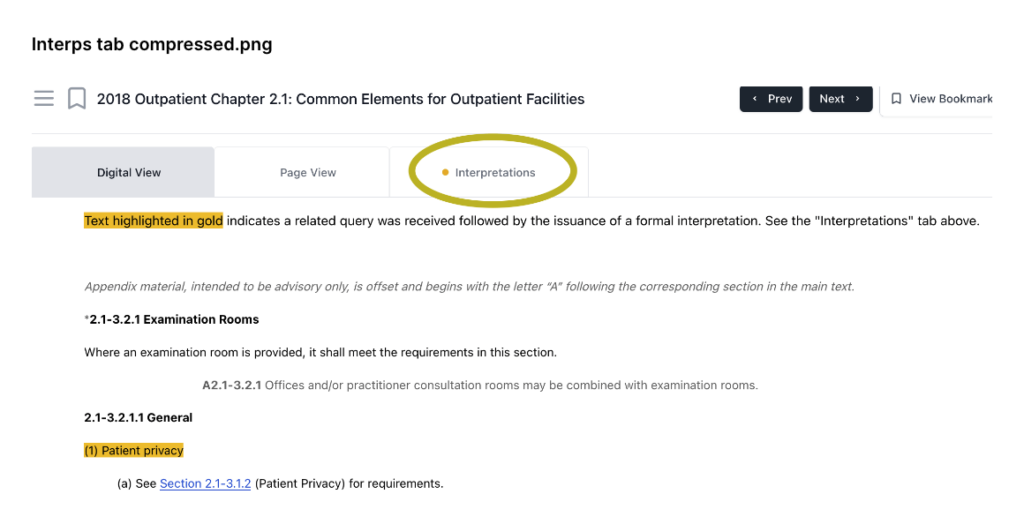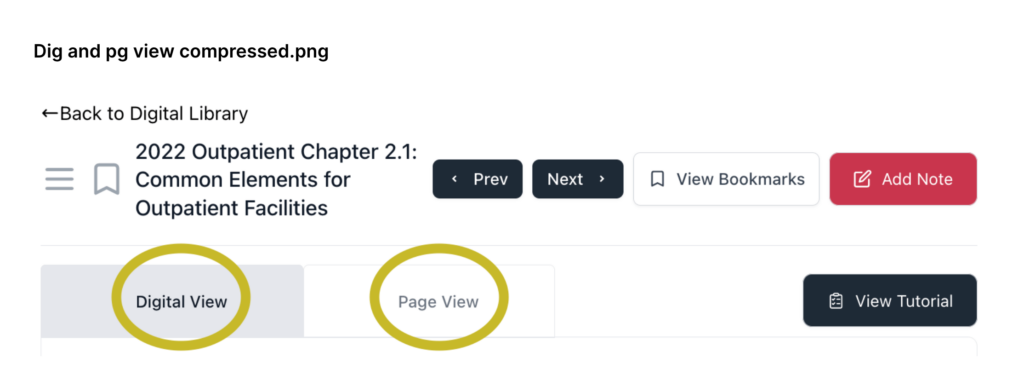FGI Bulletin #20
2026 HGRC Announced
FGI is pleased to announce the appointment of the 2026 Health Guidelines Revision Committee (HGRC).
Every four years a committee of clinicians, administrators, architects, engineers, and representatives from authorities having jurisdiction is formed and tasked with revising and updating the Guidelines documents.
Document groups are formed to focus on each Guidelines book—Hospital, Outpatient, and Residential. Proposals and comments submitted by the public are discussed and voted on by the HGRC to ensure a multidisciplinary, consensus-based process of revision.
With an unprecedented number of applicants for the upcoming cycle, HGRC members for 2026 were selected based on expertise, professional interest categories, commitment availability, and knowledge of the Guidelines. Those who have not been selected for HGRC membership may be called upon as subject matter experts (SMEs) if and when a document group is seeking further input on a specific topic.
Join us in thanking all 2026 applicants and congratulating those who were selected for the upcoming cycle.
Benefit-Cost Committee Analyzes Changes from 2018 to 2022
During the 2022 Guidelines revision cycle, the FGI Benefit-Cost Committee (BCC) reviewed all the proposals and comments submitted to identify their potential benefits and costs. Once the 2022 Guidelines documents were published, the BCC went through the final changes from the 2018 edition to determine the benefits and costs of complying with the changed requirements.
Their findings show that the 2022 edition will help designers and owners improve program flexibility and reduce risk. Some facility types may see a small increase in capital costs, but the benefits in operational efficiency, patient care, and patient and staff safety will generally outweigh any such impact. Further, implementing the updated requirements may reduce facility operating costs, improve patient and material flows, and eliminate duplicate functions.
Erratum Published on OR Door Hardware
The 2018 and 2022 hospital and outpatient Guidelines documents do not include any requirements for operating room (OR) doors, but an authority having jurisdiction wanted to apply Section 2.1-7.2.2.3 (4) (Doors and door hardware—Door hardware) to the OR doors in an ambulatory surgery center. This section is in the common elements chapter of both documents and states, “Lever hardware or push/pull latch hardware shall be provided.” The language in NFPA 101: Life Safety Code is more specific and requires doors that open into an egress corridor to be self-latching with positive strike hardware.
The NFPA 101 commentary clarifies that “treatment rooms [which include ORs] within a suite are not required to be separated from suite circulation space by corridor walls and latching doors.”
An erratum has been published for the 2018 and 2022 Guidelines editions stating that omission of a door latch is permitted where ORs are located in a designated suite and do not open to an egress corridor.
MRI Static Magnetic Field Exclusion Value Updated for 2022 Documents
The International Electrotechnical Commission (IEC) has published the 4th edition of IEC 60601: Medical electrical equipment, which includes IEC 60601-2-33, the MRI safety standard. In this, a major change has been made to the static magnetic field exclusion value, going from 5 gauss (0,5 mT) to 9 gauss (0,9 mT). This update may reduce needs for passive magnetic shielding in some MRI installations. An erratum has been issued for the MRI suite requirements in both the 2022 Hospital Guidelines and the 2022 Outpatient Guidelines.
More About Errata
The errata sheets prepared for all Guidelines editions are crucial to users of the documents. An errata sheet presents items that are errors in the published books, whether editorial oversights or discrepancies that were revealed after publication.
The digital version of the Guidelines documents features easy-to-locate errata with the use of an errata tab attached to any page with corrections.
Users of the paperback version or those looking for a comprehensive list of errata will find downloadable errata sheets (by edition) on FGI’s website.
The corrections shown in the errata sheets are considered part of the official documents and should be applied as part of the standards by all users, including authorities having jurisdiction.
Dated errata sheets are posted on the FGI website, and we recommend checking back periodically to make sure you have the most current version. We also will continue to let subscribers to the FGI Bulletin know when new errata sheets are posted.
We appreciate hearing from Guidelines users who have questions about the content they use. This is often how errors are found. Write to us at info@fgiguidelines.org.
Learn More About FGI’s Digital Platform Features
As the health care industry evolves and advances, so, too, does the user experience of the Guidelines. FGI recently announced the launch of a new digital Guidelines platform, one that offers exciting features for interacting with the newly published 2022 Guidelines as well as the 2018 and 2014 editions.
Easy-to-use bookmarking, highlighting, and note-taking capabilities give users of the digital version a similar experience to that of the print version but with additional features.
Now, application guidance, errata, and published formal interpretations can be found attached to referenced sections, allowing for real-time access of resources.

To assist with navigation of the digital version of the Guidelines, a dropdown menu offers easy access to key Guidelines sections.


Highlighting, annotating, and bookmarking are all functions of the new platform. Clicking on the red “Add Note” button on the top right of a page is all users need to do to attach notes to a particular section. The system populates these notes in an auto-generated notes library for future access.


Corrections and updates in the form of published errata can be found in applicable sections. Corrections are already incorporated in the digital view and details about the erratum can be seen by clicking on the “Errata” tab. Full errata sheets may still be downloaded from FGI’s website.


Posted formal interpretations can now be found when viewing the requirement or section in question in the digital version of the Guidelines. For example, FGI received the following request for clarification of the 2018 Guidelines for Design and Construction of Outpatient Facilities:
“Is it acceptable for the door into an exam room to be the only method of providing privacy?”
A response from FGI, in the form of a formal interpretation, was issued and can be viewed by selecting the “Interpretations” tab.


While the digital platform supports the new features mentioned above, a “Page View” tab offers the familiarity of the print version in corresponding PDF form.


Want to learn more about the digital site?
Upcoming tutorial with FGI Digital Operations Manager Moira Cleary

FGI will be providing a free 30-minute online demonstration designed to help you navigate the new digital platform with ease.
Wednesday, 11/30/22
1:00 PM EST
Friday, 12/1/22
11:00 AM EST
Register by clicking on one of the links below
